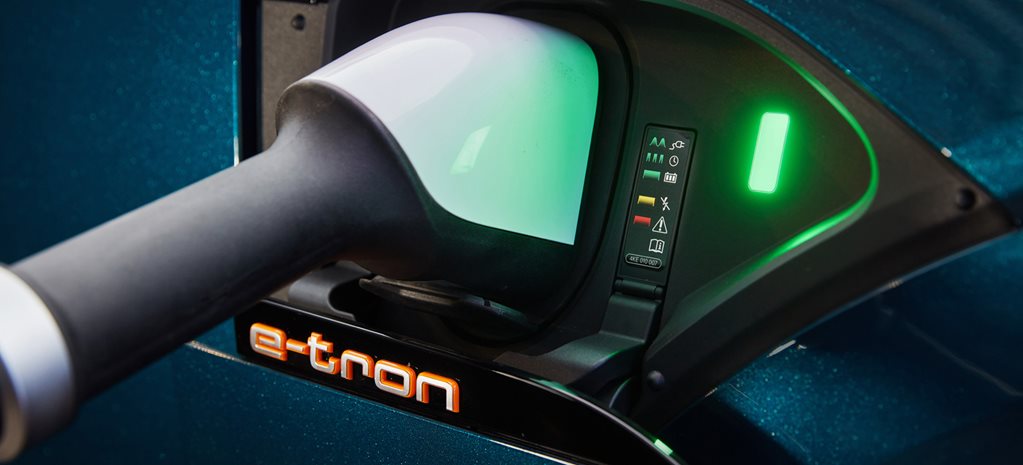Read The Full Article On: Whichcar
Here’s the what’s-watt on electric vehicle battery capacity and charging times
As the number of electric vehicles on the Australia market increases, you’re going to read less about litres per 100km and more about kWh. That’s because the amount of power an EV battery can store dictates how far you can drive before needing to plug in for a recharge.
But almost as important as how much electricity you can squeeze into a battery is how long it takes to do so. Imagine living with a petrol-powered car that could carry enough fuel to drive between Melbourne and Sydney, but you could only fill the tank through a drinking straw.
That’s why it’s important to consider not just the range of an electric vehicle, but also the time it takes to charge it.
Here’s what the numbers mean and what you need to look for when shopping around for an electric car.
What’s a kilowatt-hour (kWh)?
It’s probably not necessary to fully explain the physics and science behind a kilowatt-hour (kWh) and how it’s derived, any more than it’s necessary to understand the calculation of a combustion engine’s horsepower or kilowatts.
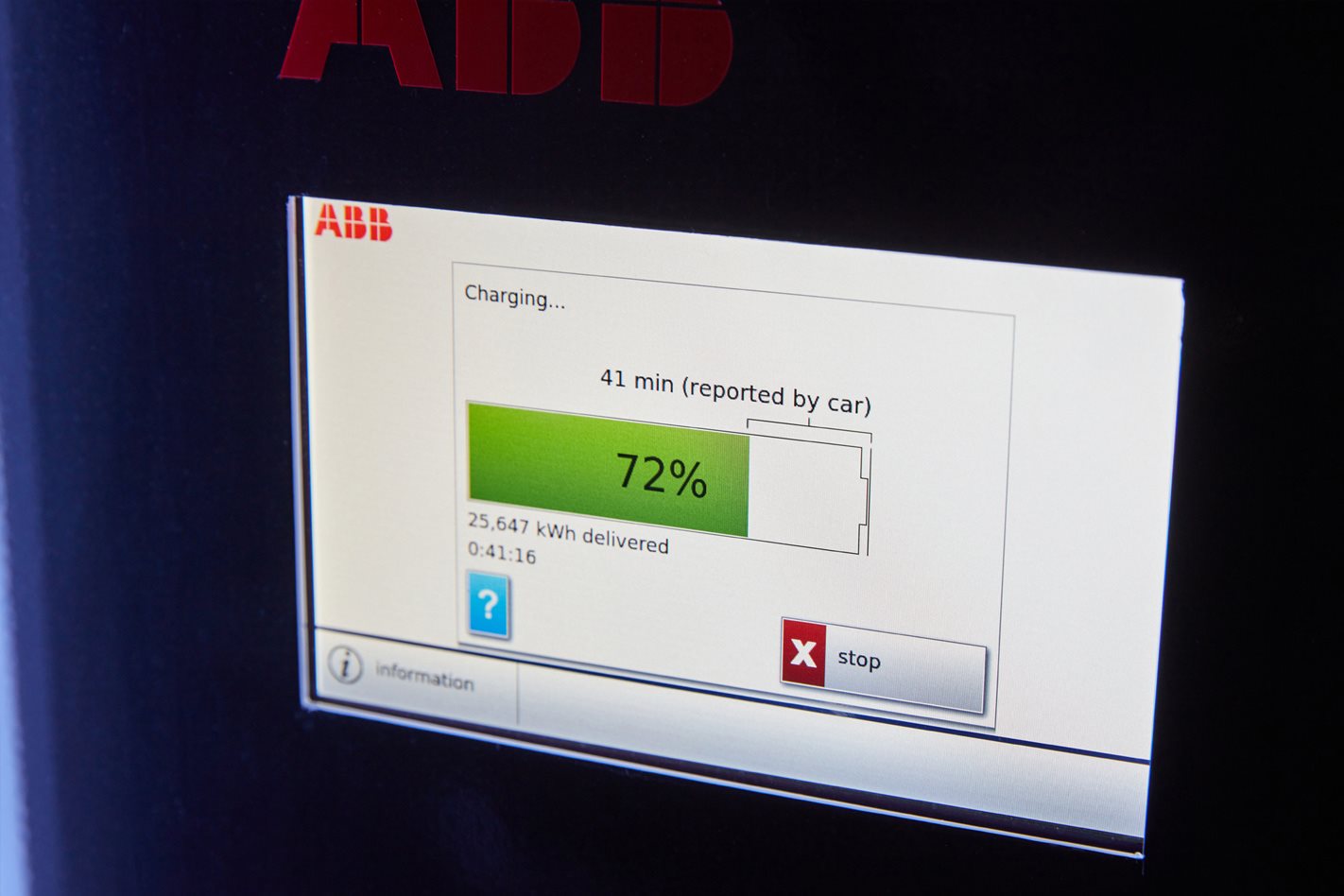
Put simply, a kWh is a unit of energy just like a calorie or joule but one that’s particularly applicable to electric vehicles and their batteries.
The higher the number, the more energy the battery can absorb though charging and then release when required to drive the vehicle.
Context, though, is far more important than equations. At the upper end of the spectrum, Tesla’s Model S is available with a battery of up to 100kWh, while at the opposite end of the spectrum, the Hyundai Ioniq is less than 40kWh.

For even more perspective, your smartphone battery can store about 0.005kWh – or a total of about 2kWh over the course of a year’s use.
Even though your smartphone only holds a relatively tiny amount of energy, it doesn’t need to charge for any faster than about eight hours to fit most people’s daily routine. Plug it in at night and it will be ready for another day’s use the following morning.
It’s a little different for cars, however. If you’re going to be using an electric vehicle to retrace largely the same route each day, and you are confident its single-charge range is enough, then you really only need a car that can charge to full capacity in about eight hours or overnight.
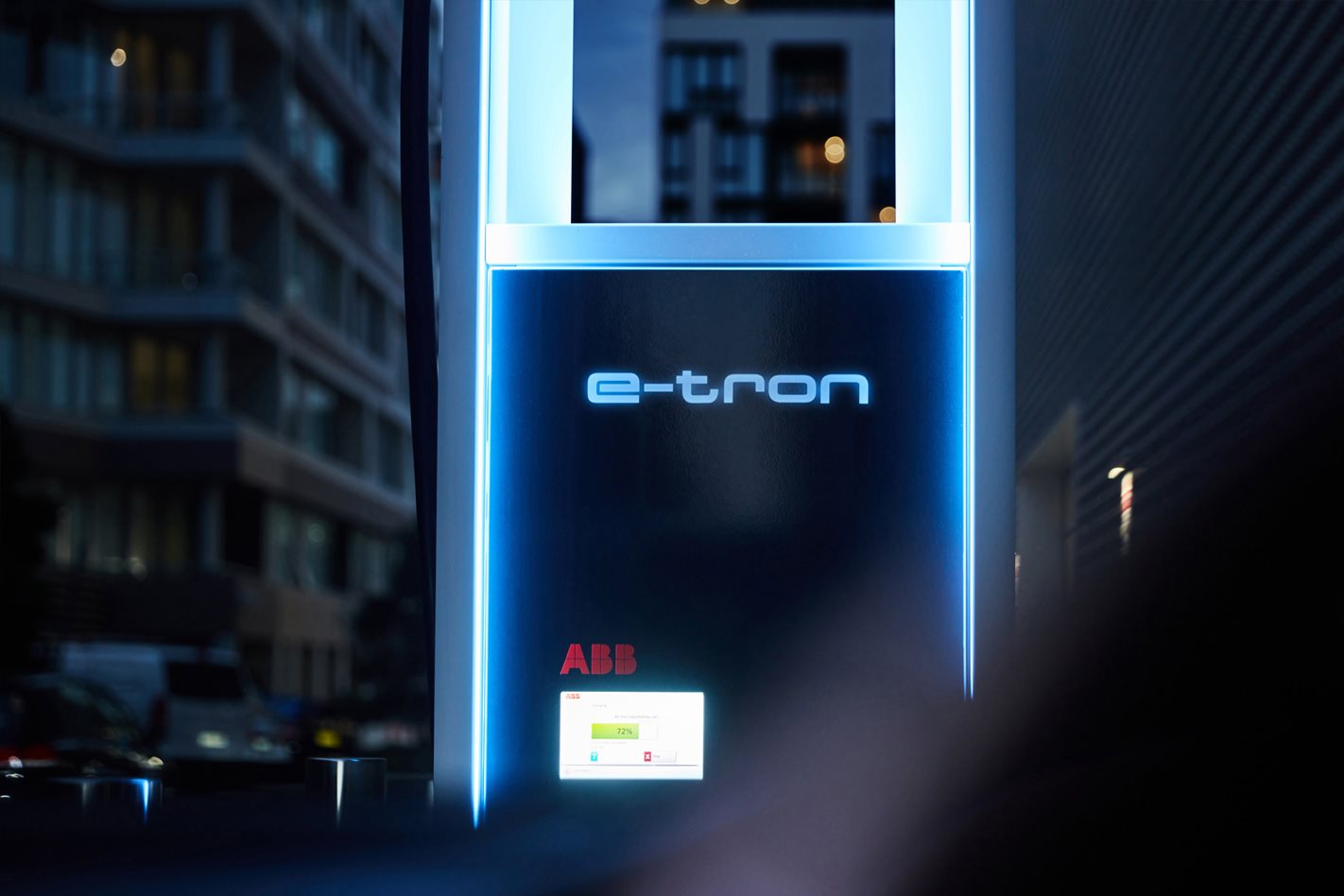
But, for those days when you chose to go the long way, add in extra errands or even embark on a road trip, charging times become paramount over battery capacity, as you may need to top up while on the run – just as you do in a combustion-powered car.
Audi’s head of development of charging time and charging efficiency Sylvia Gramlich highlighted the importance of battery charging speed along with overall capacity.
“Customers should not just be interested in the maximum value of charging power, but rather how it progresses and may have to be reduced during a charging process, because otherwise the batteries – for physical reasons – heat up,” she said.
“The crucial question for customers is: how many kilowatt hours can I recharge in what period of time?”
80 is the golden number
Charging a battery is a little like getting air into a pool floaty, where the most pressure is required to fill the very last bit. That’s why EV manufacturers often refer to an 80-percent charge time, as this offers the best ratio of range to time.
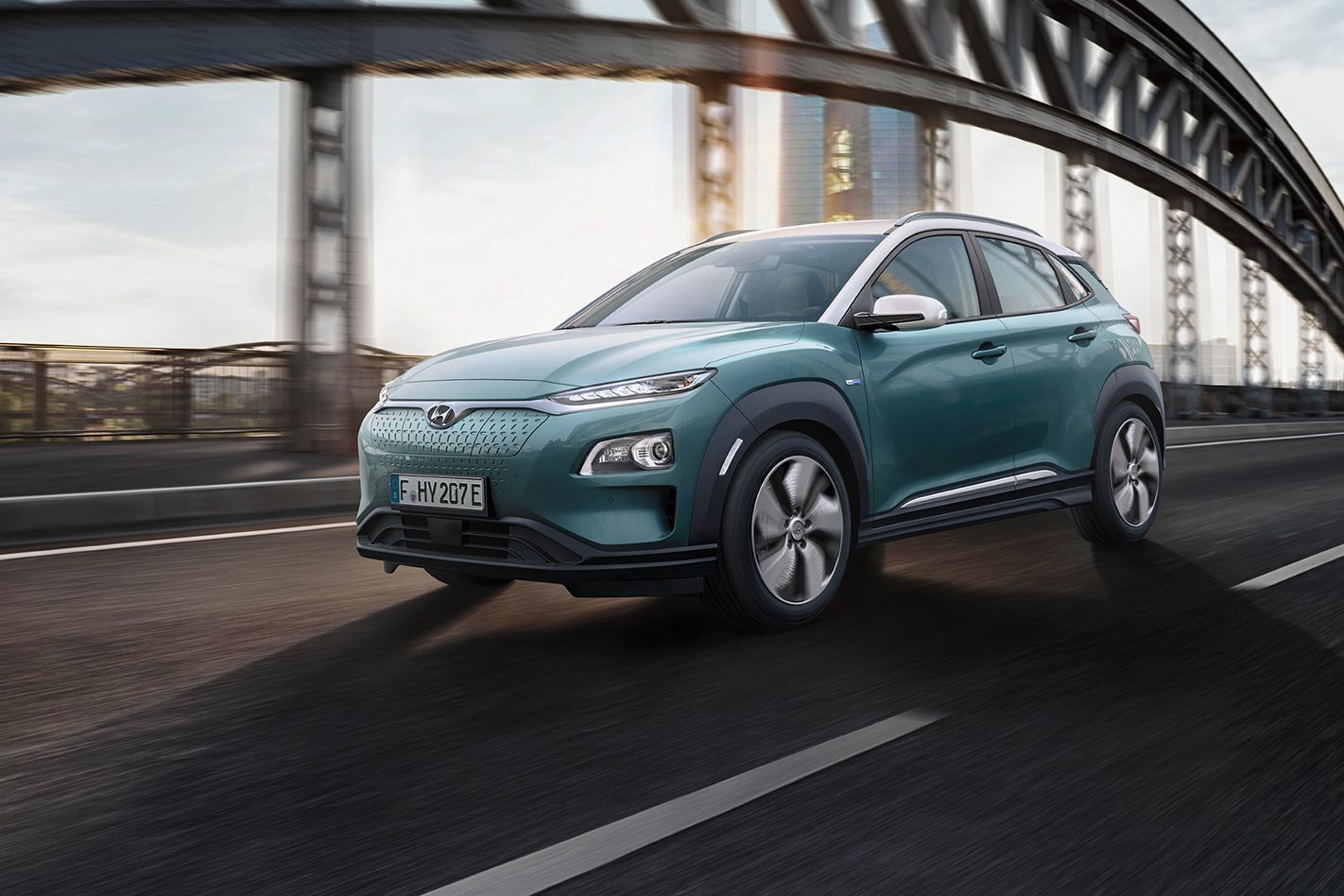
After about the 80-percent point, charging speed slows dramatically and, therefore, most owners would not wait at a public charging point for the remaining 20 percent of charge in return for the extra investment of time.
Here’s how much range you get per each minute of charging at the maximum charge rate, for all the EV models on sale in Australia.

As you can see from the table, speed of charging is related to battery capacity and range – but not exclusively. That’s because there are two other key factors at play.
Let’s explore how the three fastest-charging models secure their position at the top of the table.
Battery design
All mainstream brand EV batteries are lithium-ion and have sophisticated cooling systems to manage the significant amount of heat generated by the rapid charging and discharging they incur when in use.
The cooling systems can also be reversed to warm the battery during very cold weather.
How efficiently the cooling system transports heat away from the individual battery cells can affect the charging speed. Initially high charging speeds can slow dramatically if the heat builds up too fast, said Gramlich.
According to the German carmaker, the E-Tron’s cooling system design partly explains its superior charge speed as illustrated in the below graph.
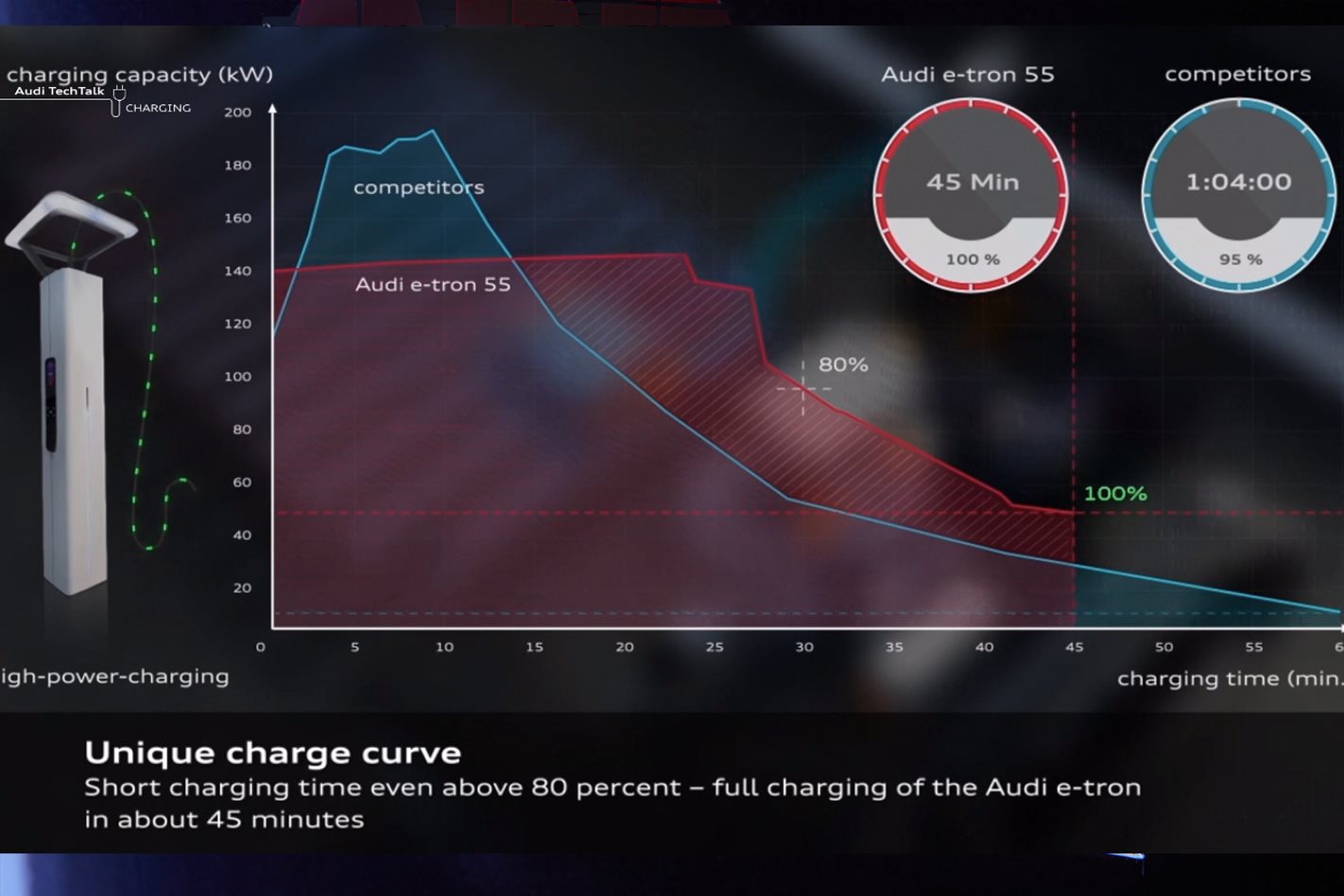
Charging power (kW) and force (V)
Electricity is sometimes likened to water to explain its physics and behaviour, including current (measured in amps), which would be most like water’s flow speed and quantity, while voltage is more like the water’s pressure.
That’s the secret to Porsche’s rapid charging score. Unlike virtually all other EVs, which use up to 400 volts, the Taycan system is a whopping 800 volts.
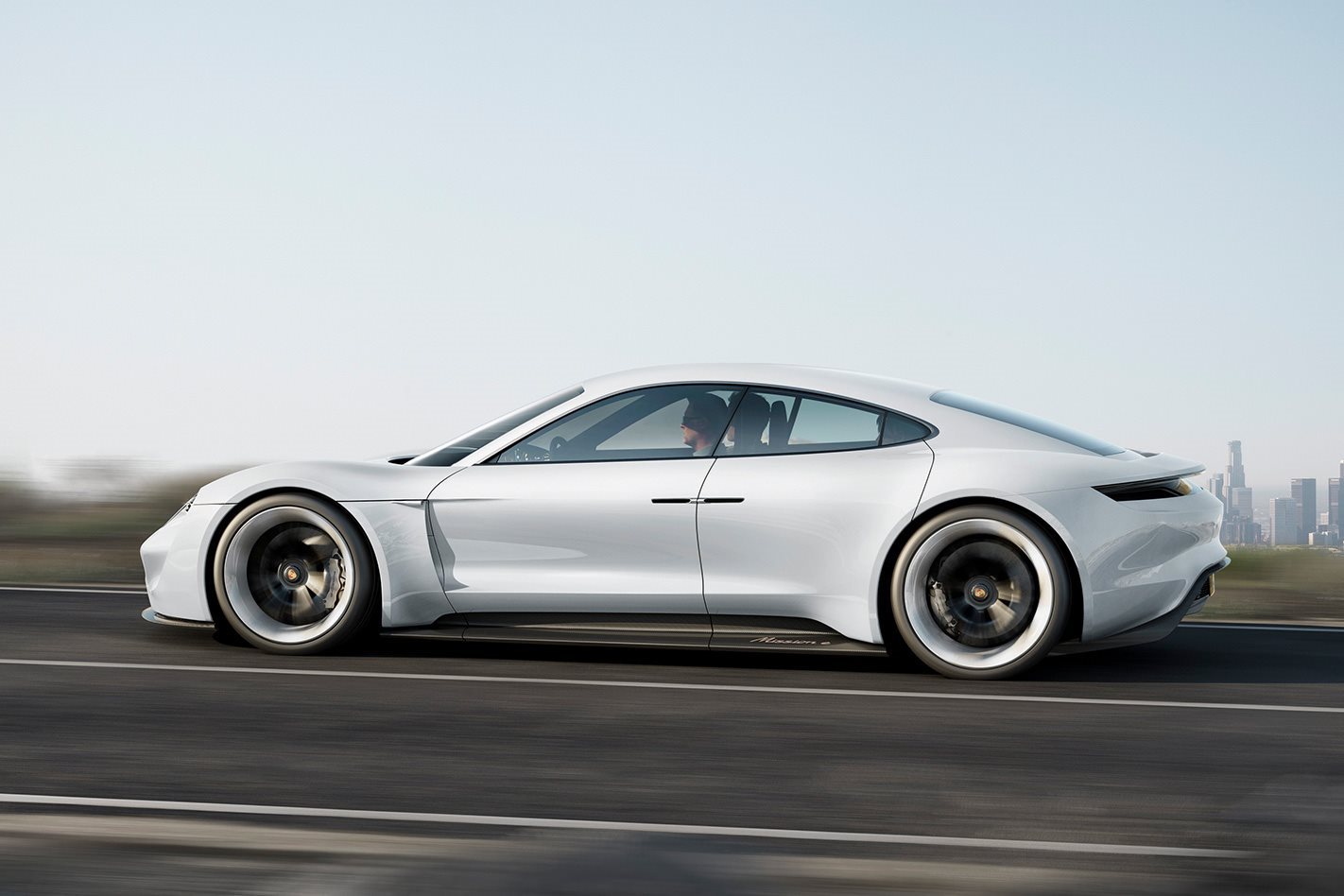
That means the ‘pressure’ of charging electrons into the battery is higher, enabling more range to be pushed into the cells in a shorter time. It also has performance advantages, too, when drawing charge back out of the battery.
AC/DC
It also applies to the amount of power applied by the charging system. Most EVs can be charged if all else fails using a standard three-pin 240-volt household socket, but this most basic method is represented by extremely long charging times.
The limiting factor is not just the volts and amps as previously mentioned, but also by the alternating current of household power (AC).
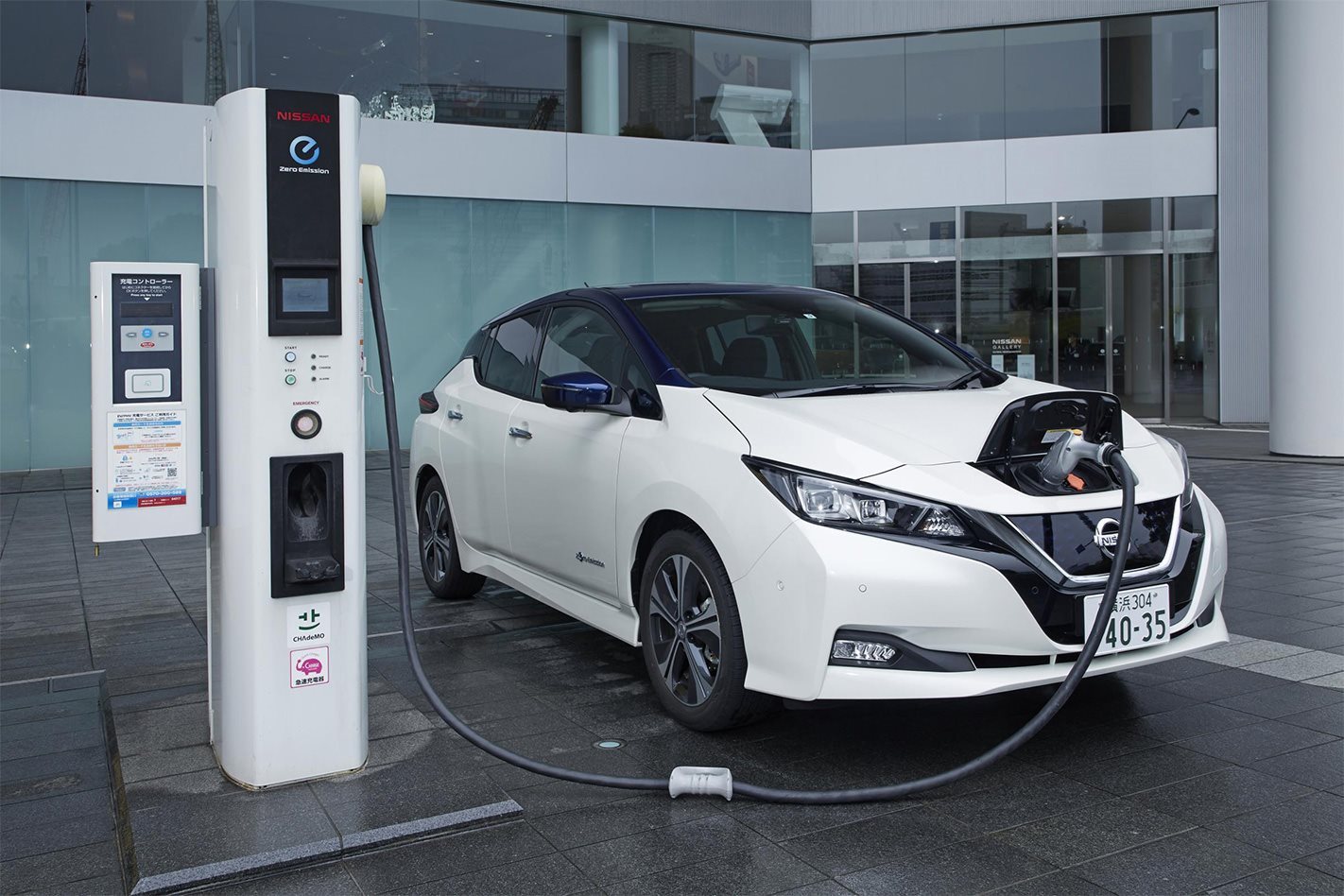
That’s why all EV manufacturers offer some form of DC (direct current) charging which is substantially faster. Just how fast depends on the charging power.
Home and away
Home charging power ranges from the lowest 3.6kW rate to 22kW depending on the type of power you have at home. A standard 10 amp three-pin socket is the slowest, upgrading to a 15 amp outlet will boost charge times, while three-phase power is the ultimate home fast charger solution.
To go beyond this, specialist EV charging stations are the only option, and are normally limited to public/shared infrastructure. Industrial power management seriously ups the ante allowing EVs to charge at the maximum rates found in the table above.
Maximum charge power ranges from 50kW as in the case of the Renault and Nissan for example, and there’s a handful that will accept up to 100kW of charging power. Mercedes’ offering turns it up to 110kW, while vehicles such as the E-Tron and Teslas charge at up to 150kW.
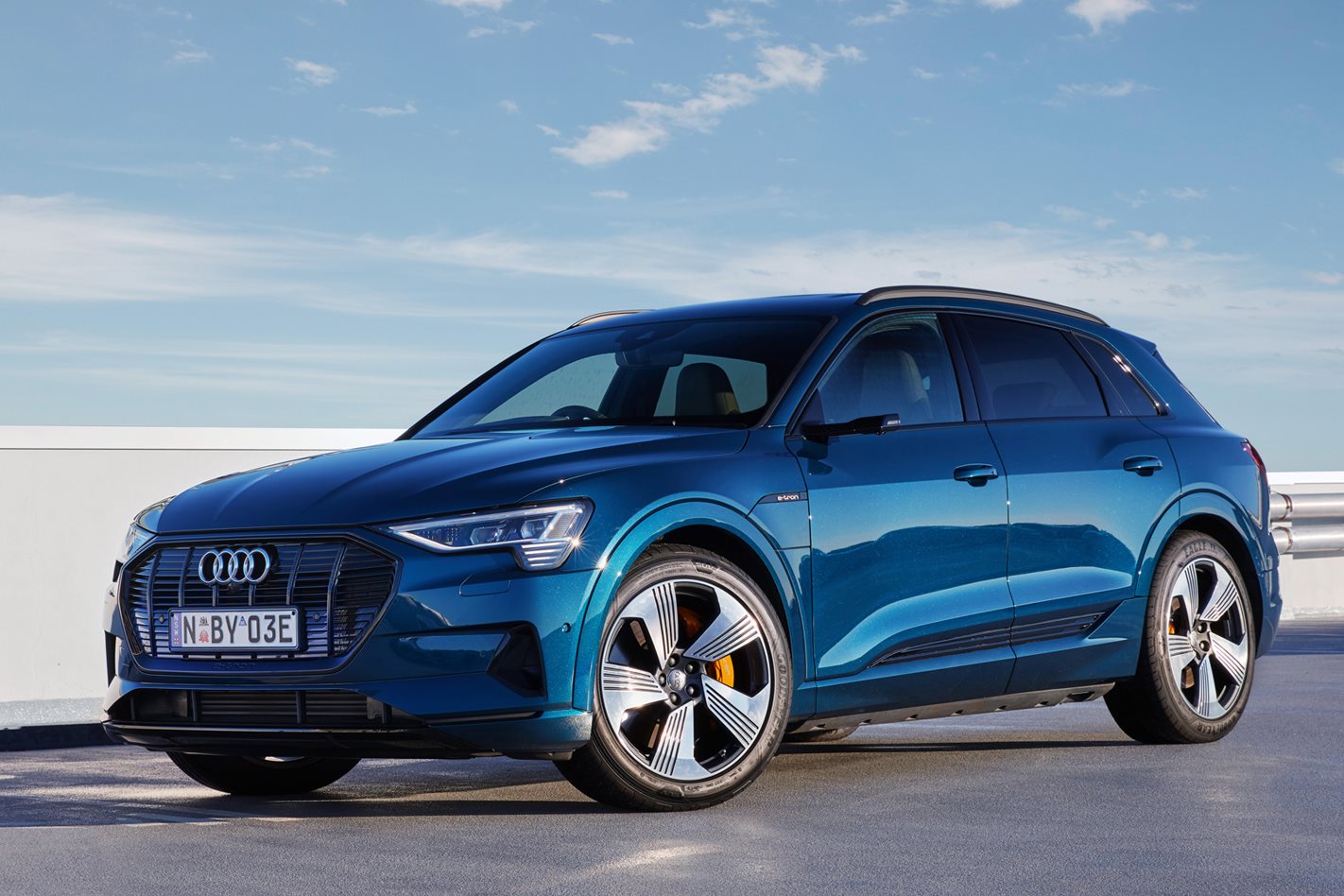
The only exception is the Porsche which can fill a battery at a power rating of 270kW thanks to its 800v system, although this requires even more specialist charging station capability.
Knowledge is (electric) power
Just as you should when considering any car purchase, arm yourself with the relevant information and have a list of all the things you need in your next car. It doesn’t matter if it’s boot space in litres or battery charging speed and capacity.
Generally speaking, a large battery has the potential to charge faster but only with the correct equipment.
Get your head around battery capacity in kWh, find out the charge times for the particular model you’re interested in and find out the charging options available at home and on the run.
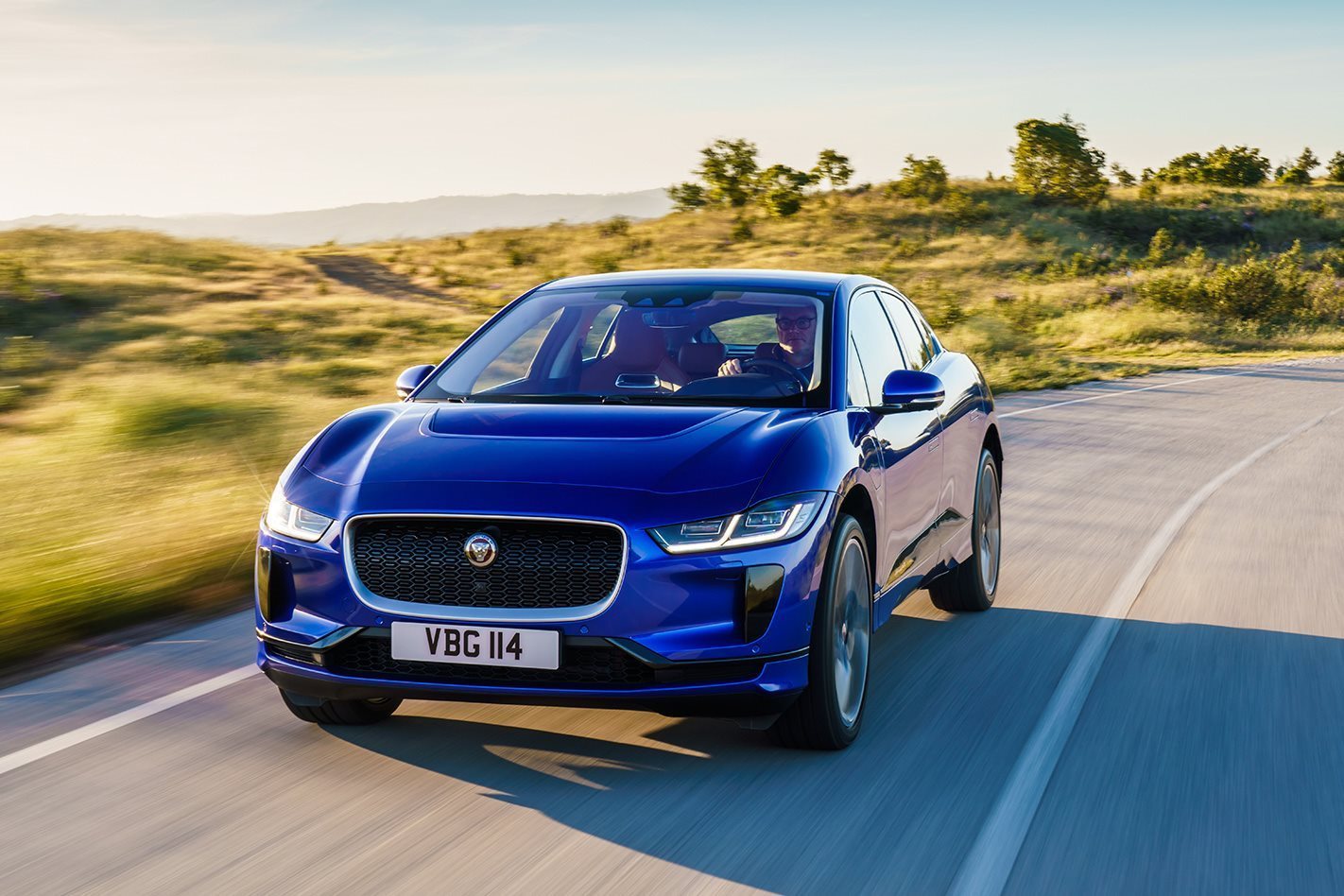
A little research and homework will enable you to find the perfect EV to fit your lifestyle.

